
Red
What color is Red?
Red is a color that we perceive when we see light with a wavelength between 625 and 740 nanometers.
It is one of the three primary colors of light in the RGB color model, along with green and blue.
Red is also a secondary color in the CMYK color model, made from magenta and yellow.
This color is often associated with heat, anger, passion, sexuality, love, socialism, and happiness in different cultures.
Red can have different shades and tints, depending on how much white or black is mixed with it.
It is the complementary color of cyan, which means they are opposite each other on the color wheel.
When red and cyan are mixed, they create white light.
Red is the color of blood, which is why it is sometimes used to symbolize sacrifice, danger, and courage.
It is also the color of many fruits and flowers, such as strawberries, cherries, roses, and poppies.
Red is the most visible color in the spectrum, which is why it is often used for signs, signals, and warnings.
It is also a popular color for clothing, especially for formal occasions, such as weddings and ceremonie
Example of the palette with the Red color

See these colors in NCS, PANTONE, RAL palettes...
What are the examples of Red color in life?
There are many examples of red color in life, such as:
- Fire, which can be a source of warmth and light, but also danger and destruction.
- Blood, which is essential for life, but also a sign of injury or death.
- Roses, which are a symbol of love and romance, but also have thorns that can prick you.
- Apples, which are a delicious and healthy fruit, but also associated with temptation and sin.
- Stop signs, which are used to warn drivers to halt and avoid accidents.
Example of the palette with the Red color

See these colors in NCS, PANTONE, RAL palettes...
Example of the palette with the Red color
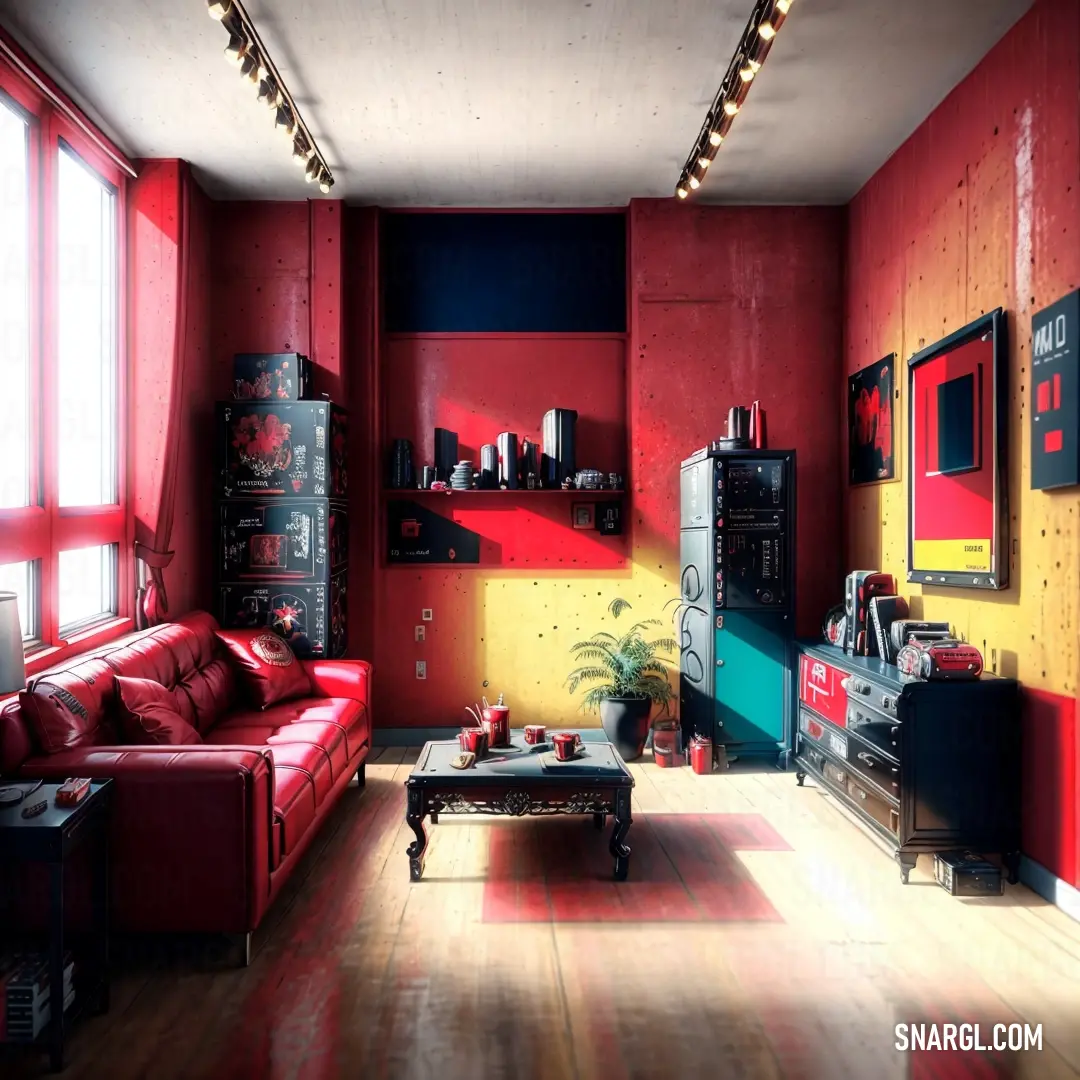
See these colors in NCS, PANTONE, RAL palettes...
Is True red a color?
True red is a color that is often considered as the purest or most basic form of red.
It is the color that is produced by the highest intensity of light in the red spectrum, without any admixture of other colors.
True red has the hex code #FF0000, which means it is composed of 100% red, 0% green, and 0% blue in the RGB color model.
In the CMYK color model, used for printing, true red has 0% cyan, 100% magenta, 100% yellow, and 0% black.
In the HSL color model, true red has a hue of 0°, a saturation of 100%, and a lightness of 50%.
True red is a very bright and vivid color that can attract attention and evoke strong emotions.
It is often associated with passion, love, anger, danger, courage, power, and excitement.
True red can also stimulate appetite and metabolism, as well as increase blood pressure and heart rate.
This color is widely used in various fields, such as art, design, fashion, sports, politics, and marketing.
Some examples of true red objects or symbols are the red cross, the red carpet, the red rose, the red apple, the red stop sign, and the red Ferrari.
It is a very striking and expressive color that can convey various messages and emotions.
This color can be modified and mixed with other colors to create different shades of red.
True red is one of the most common and influential colors in human history and culture.
Example of the palette with the Red color

See these colors in NCS, PANTONE, RAL palettes...
Is red a color or a hue?
Red is both a color and a hue, depending on the context.
A color is a general term that refers to the visual perception of light reflecting or emitting from a surface.
A hue is a specific type of color that is determined by its position on the color wheel or the spectrum of visible light.
Red is one of the three primary colors of light, along with green and blue, that can be combined to produce other colors.
It is also one of the six primary and secondary hues, along with orange, yellow, green, blue, and violet, that are arranged in a circle on the color wheel.
Red is the hue that corresponds to the longest wavelength and lowest frequency of visible light, ranging from about 630 to 740 nanometers.
This color can also have different shades, tints, tones, and values, depending on how it is mixed with other colors.
Example of the palette with the Red color

See these colors in NCS, PANTONE, RAL palettes...
What does color red mean in life?
It can evoke both positive and negative emotions, depending on the context and the culture.
Here are some of the common meanings of red in life:
Action: Red is the color of movement, energy, and motivation.
It stimulates us to take action and pursue our goals.
This color can also signal danger, urgency, or caution, making us more alert and attentive.
Red is often used in sports, entertainment, and advertising to attract attention and create excitement.Passion: Red is the color of love, desire, and romance.
It represents the intensity and depth of our feelings for someone or something.
It can also express lust, sexuality, and sensuality.
Red is associated with Valentine's Day, roses, hearts, and candles, as symbols of passion and affection.Power: Red is the color of strength, dominance, and confidence.
It reflects our ability to influence and control our environment and ourselves.
This color can also imply aggression, violence, and revenge, as well as wealth, status, and luxury.
Red is often used in politics, business, and military to convey authority and leadership.Life: Red is the color of blood, fire, and earth.
It represents the vitality and survival of living beings.
It can also signify health, warmth, and comfort, as well as pain, suffering, and death.
Red is often used in religion, spirituality, and culture to symbolize life, sacrifice, and rebirth.
Example of the palette with the Red color

See these colors in NCS, PANTONE, RAL palettes...
What does red color represent?
It is a primary color that can evoke strong emotions, stimulate physical reactions, and attract attention.
Here are some of the main aspects of red color symbolism:
Love and passion: Red is the color of romance, sexuality, desire, and lust.
It expresses intense feelings of attraction and affection.
Red roses, red hearts, and red lingerie are common symbols of love and passion.Power and confidence: Red is the color of strength, energy, and dominance.
It conveys a sense of authority, leadership, and courage.
This color is often used in professional settings to create a positive impression and inspire action.
Red cars, red suits, and red carpets are examples of power and confidence.Danger and aggression: Red is also the color of violence, anger, and blood.
It warns of potential threats, risks, and hazards.
This color can trigger fear, hostility, and aggression in some situations.
Red lights, red flags, and red alarms are indicators of danger and urgency.Life and vitality: Red is the color of blood, fire, and heat.
It represents life, health, and vitality.
This color can stimulate the senses, increase the metabolism, and raise the body temperature.
Red fruits, red wine, and red meat are sources of nourishment and energy.
This color can inspire, motivate, and excite, but also provoke, intimidate, and alarm.
It is never boring or dull, but always vibrant and dynamic.
Example of the palette with the Red color

See these colors in NCS, PANTONE, RAL palettes...
How is the color red used today?
To capture attention, elicit emotion, and convey confidence.
Red is one of the most visible colors in the color spectrum, and it is often used to warn people of impending danger, such as stop signs, sirens, fire engines, and red traffic lights.
It is also used professionally in logos, advertisements, and packaging to attract customers and create a sense of urgency, excitement, or power.To symbolize different cultural meanings and values.
Red has different associations and interpretations in different countries and regions.
For example, in China, red means luck and prosperity, and it is used to color early pottery, gates and walls of palaces, and festive decorations.
In India, red represents good fortune, wellbeing, love, and purity, and it is worn by brides on their wedding day.
In Western countries, red together with green symbolizes Christmas.To express intense emotions, ranging from anger, sacrifice, danger and heat, to love, passion and sexuality.
Red is considered a color of the heart, blood, and life, and it can evoke strong feelings and reactions.
For instance, red roses are a traditional symbol of love and romance, while red flags are a sign of warning or protest.
Red can also influence physiological responses, such as increasing blood pressure, heart rate, and appetite.
Red is a versatile and powerful color that can communicate a variety of messages and meanings.
Example of the palette with the Red color

See these colors in NCS, PANTONE, RAL palettes...
What looks best in Red?
Red is a bold and vibrant color that can make a strong impression.
However, not all shades of red look equally good on everyone.
The best way to find out what looks best in red is to consider your skin tone and undertone, as well as your hair color and personal style.
According to experts, there are three main categories of skin undertones: warm, cool, and neutral.
Warm undertones have a yellowish or golden hue, cool undertones have a bluish or pinkish hue, and neutral undertones have a balanced mix of both.
You can determine your undertone by looking at the veins on your wrist, the jewelry you prefer, or the colors that flatter you the most.
If you have warm undertones, you will look best in warmer shades of red, such as tomato, coral, or brick.
These colors will complement your natural glow and bring out your features.
You can also experiment with bright reds, like cherry or rose, for a pop of contrast.
Some colors that go well with warm reds are mint green, warm white, and earth tones.
If you have cool undertones, you will look best in cooler shades of red, such as raspberry, burgundy, or crimson.
These colors will harmonize with your skin tone and create a sophisticated look.
You can also try pure red or primary red for a striking effect.
Some colors that go well with cool reds are black, cool white, and gray.
If you have neutral undertones, you can wear both warm and cool shades of red, depending on your mood and preference.
You can also mix and match different reds for a fun and creative outfit.
Some colors that go well with any red are navy blue, beige, and purple.
Your hair color can also influence how red looks on you.
If you have dark hair, you can create a dramatic contrast with bright or deep reds.
If you have light hair, you can create a soft and harmonious look with muted or pastel reds.
If you have red hair, you can enhance your natural beauty with similar or complementary reds.
Finally, your personal style can also affect what looks best in red.
If you like to keep it simple and classic, you can opt for a solid red dress or a red blouse with jeans.
If you like to be bold and adventurous, you can try a red patterned skirt or a red leather jacket.
If you like to be elegant and refined, you can choose a red suit or a red coat.
Red is a versatile and expressive color that can suit anyone, as long as you find the right shade and combination for you.
The trick is to know your skin tone and undertone, your hair color, and your personal style, and then experiment with different reds until you find your signature hue.
Red can make you look confident, passionate, and powerful, so don't be afraid to wear it and rock it!
Example of the palette with the Red color

See these colors in NCS, PANTONE, RAL palettes...
Example of the palette with the Red color

See these colors in NCS, PANTONE, RAL palettes...
What strange or uncommon things can be of the Red color?
Some of them are common and familiar, while others are strange and uncommon.
Here are some examples of red things that you may not know:
Red Panda: This is a mammal that lives in the mountains of Asia.
It has reddish-brown fur, a long bushy tail, and a cute face.
The red Panda is not closely related to the giant panda, but rather to raccoons and weasels.Red Velvet Ant: This is not an ant, but a wingless female wasp.
It has a fuzzy red body and a powerful sting.
This insect is also known as the cow killer, because its sting is said to be so painful that it can kill a cow.Red Tide: This is a phenomenon caused by a bloom of algae in the water.
The algae produce toxins that can kill fish and other marine life.
The water turns red or brown due to the high concentration of algae.Red Cabbage: This is a vegetable that has purple-red leaves.
It is often used in salads, soups, and pickles.
This vegetable can change color depending on the pH level of the liquid it is cooked in.
The red cabbage can turn blue, green, or pink.Red Sprite: This is a type of lightning that occurs above thunderstorms.
It is a brief flash of red light that can reach up to 50 miles high.
Red sprite is rarely seen by the naked eye, but can be captured by cameras.Red Banana: This is a type of banana that has a reddish-purple skin and a creamy white flesh.
It is sweeter and softer than the yellow banana.
This banana is often used in desserts, smoothies, and salads.
Example of the palette with the Red color

See these colors in NCS, PANTONE, RAL palettes...





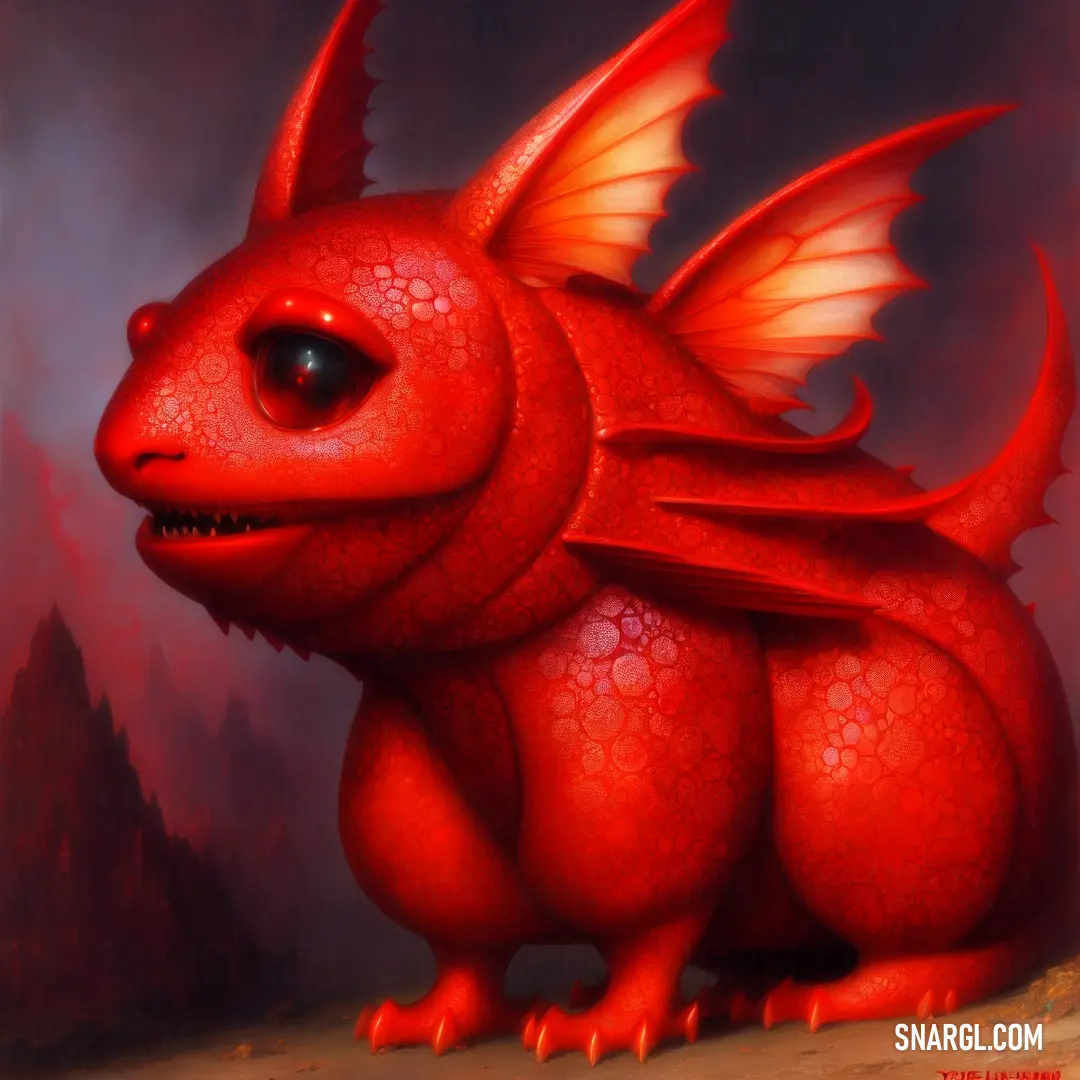


 Dark jungle green
Dark jungle green Red
Red Wenge
Wenge Pale silver
Pale silver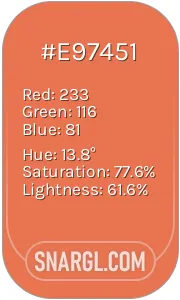 Burnt Sienna
Burnt Sienna




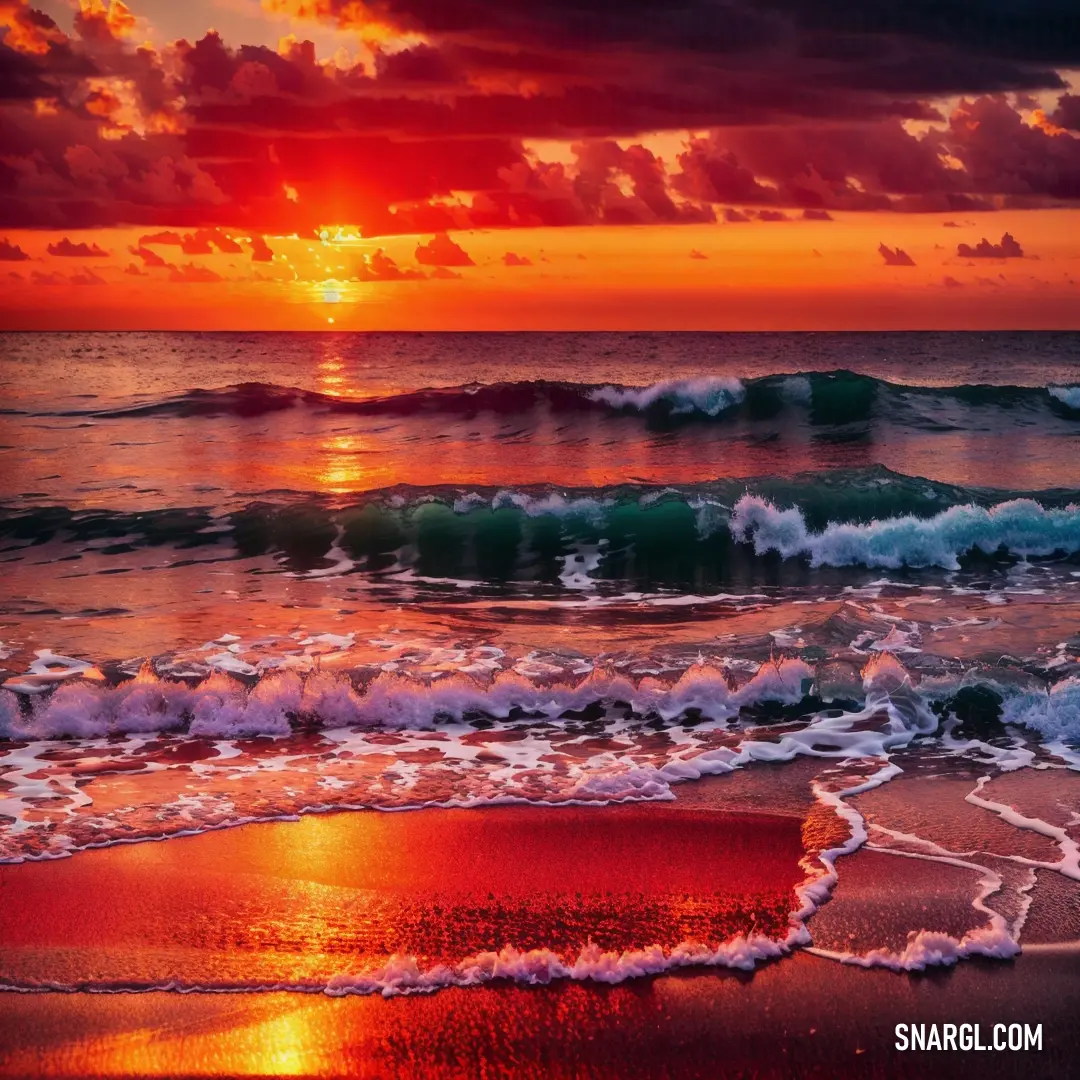




 Falu red
Falu red Black
Black Sandy brown
Sandy brown Floral white
Floral white Seal brown
Seal brown Timberwolf
Timberwolf Brick red
Brick red Olivine
Olivine








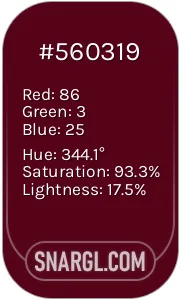 Dark scarlet
Dark scarlet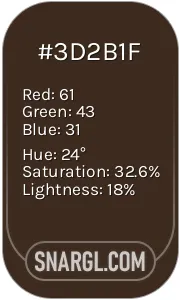 Bistre
Bistre Dark slate gray
Dark slate gray



 Outer Space
Outer Space Smoky black
Smoky black Taupe gray
Taupe gray




 Oxford Blue
Oxford Blue Persian plum
Persian plum Macaroni and Cheese
Macaroni and Cheese Chestnut
Chestnut
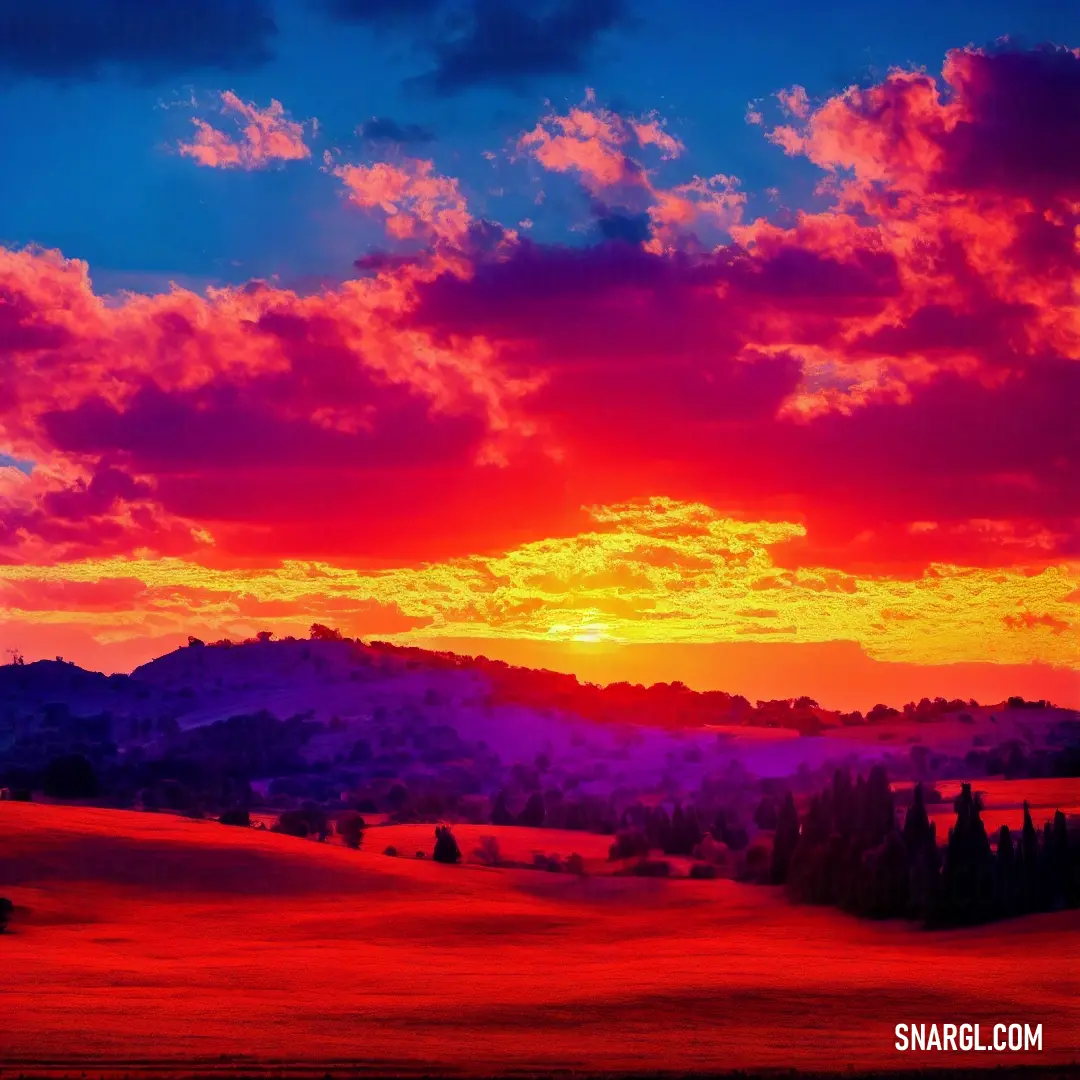

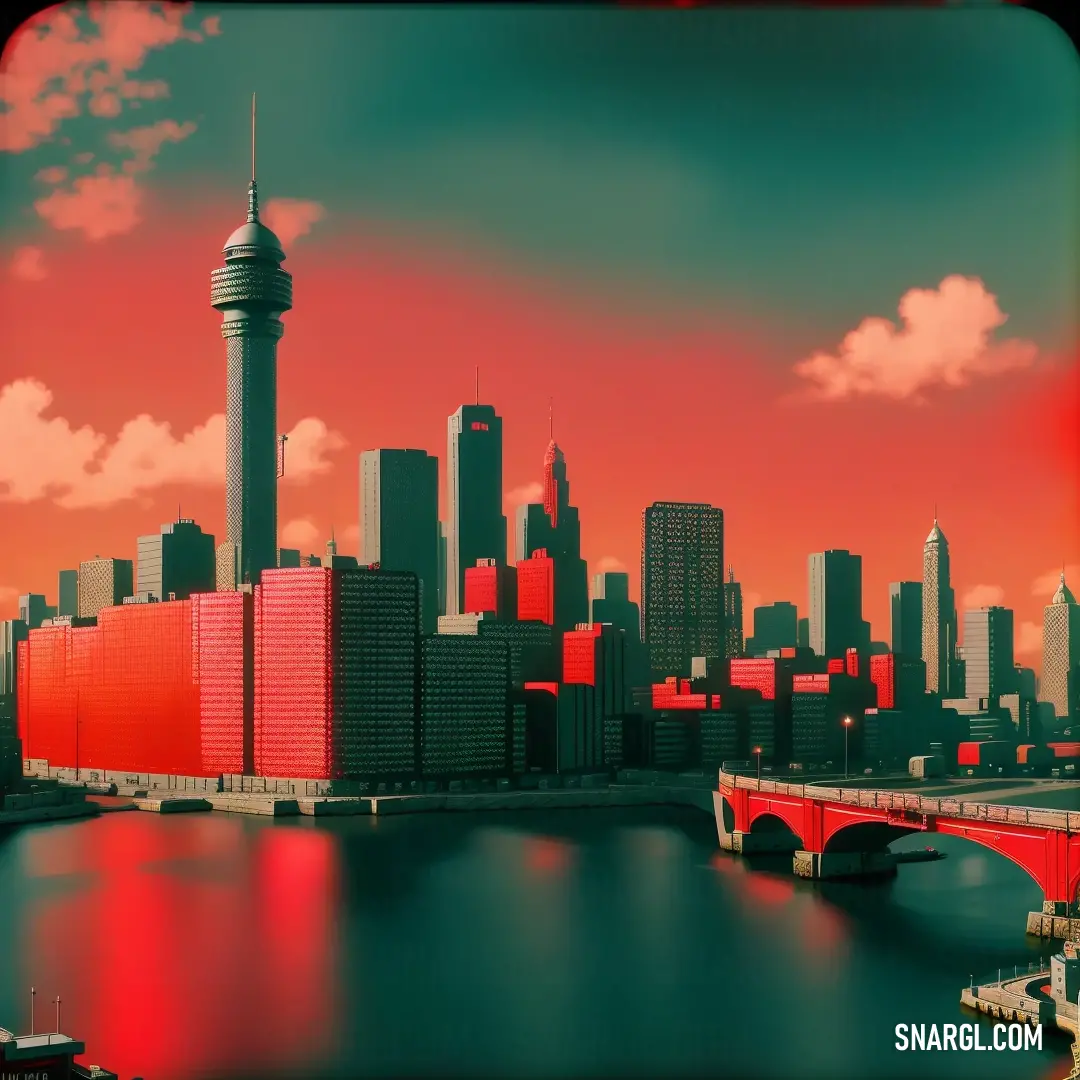
 Onyx
Onyx Rosy Brown
Rosy Brown Caput mortuum
Caput mortuum Desert sand
Desert sand



 Rosewood
Rosewood Carrot orange
Carrot orange Jasmine
Jasmine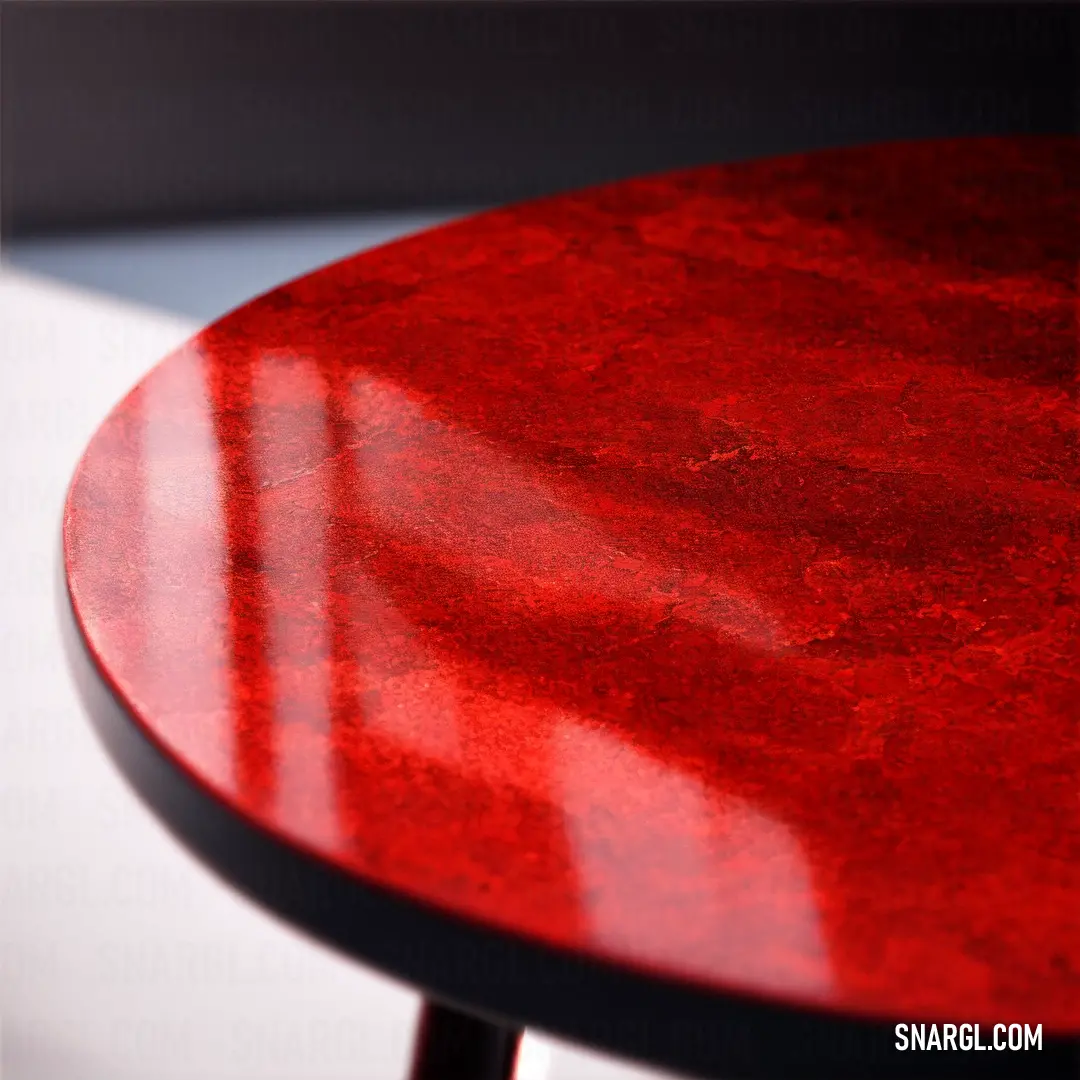







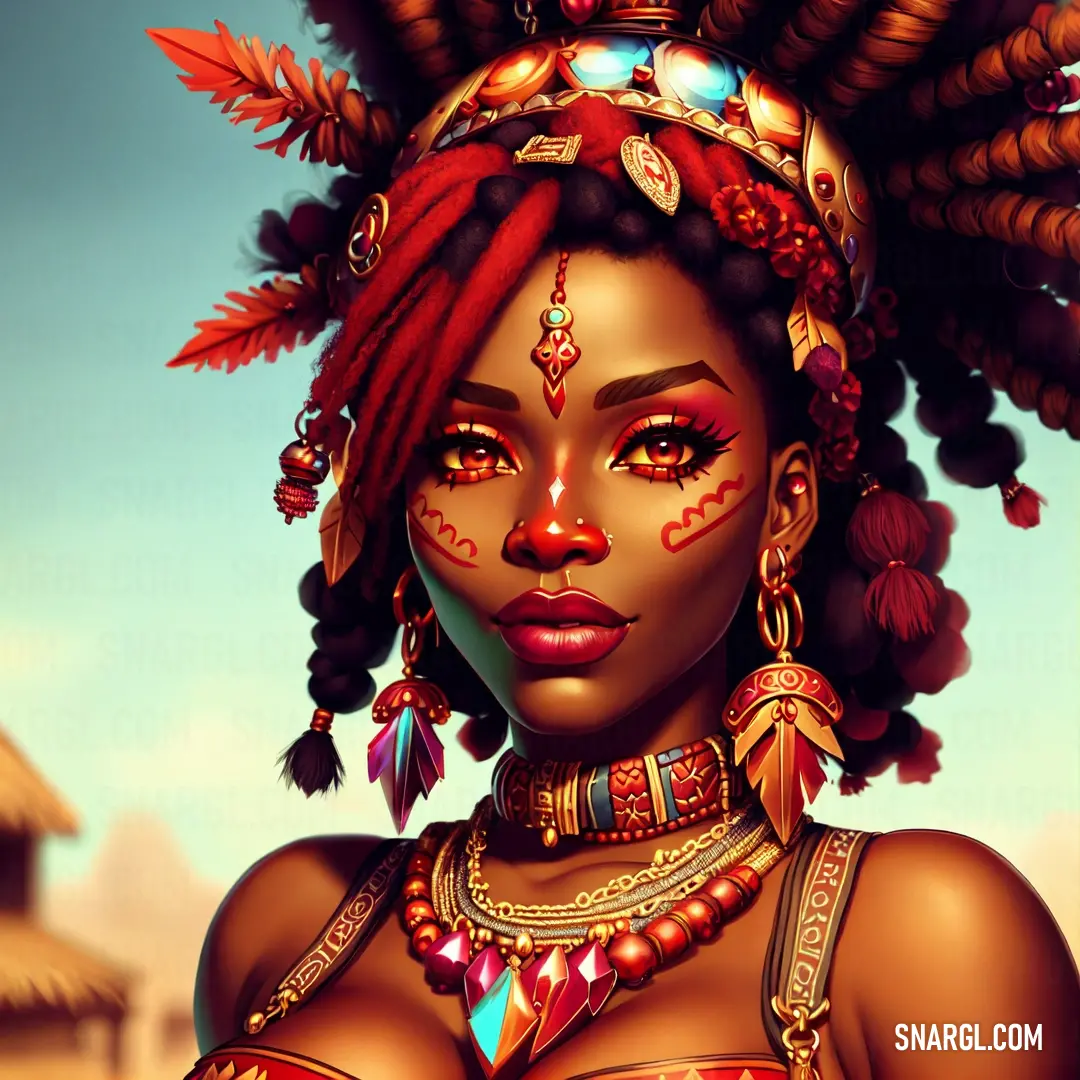
 Vivid auburn
Vivid auburn Bazaar
Bazaar Bulgarian rose
Bulgarian rose Zinnwaldite
Zinnwaldite Sinopia
Sinopia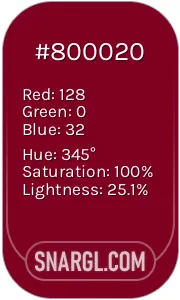 Burgundy
Burgundy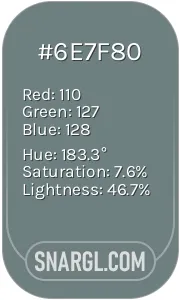 AuroMetalSaurus
AuroMetalSaurus
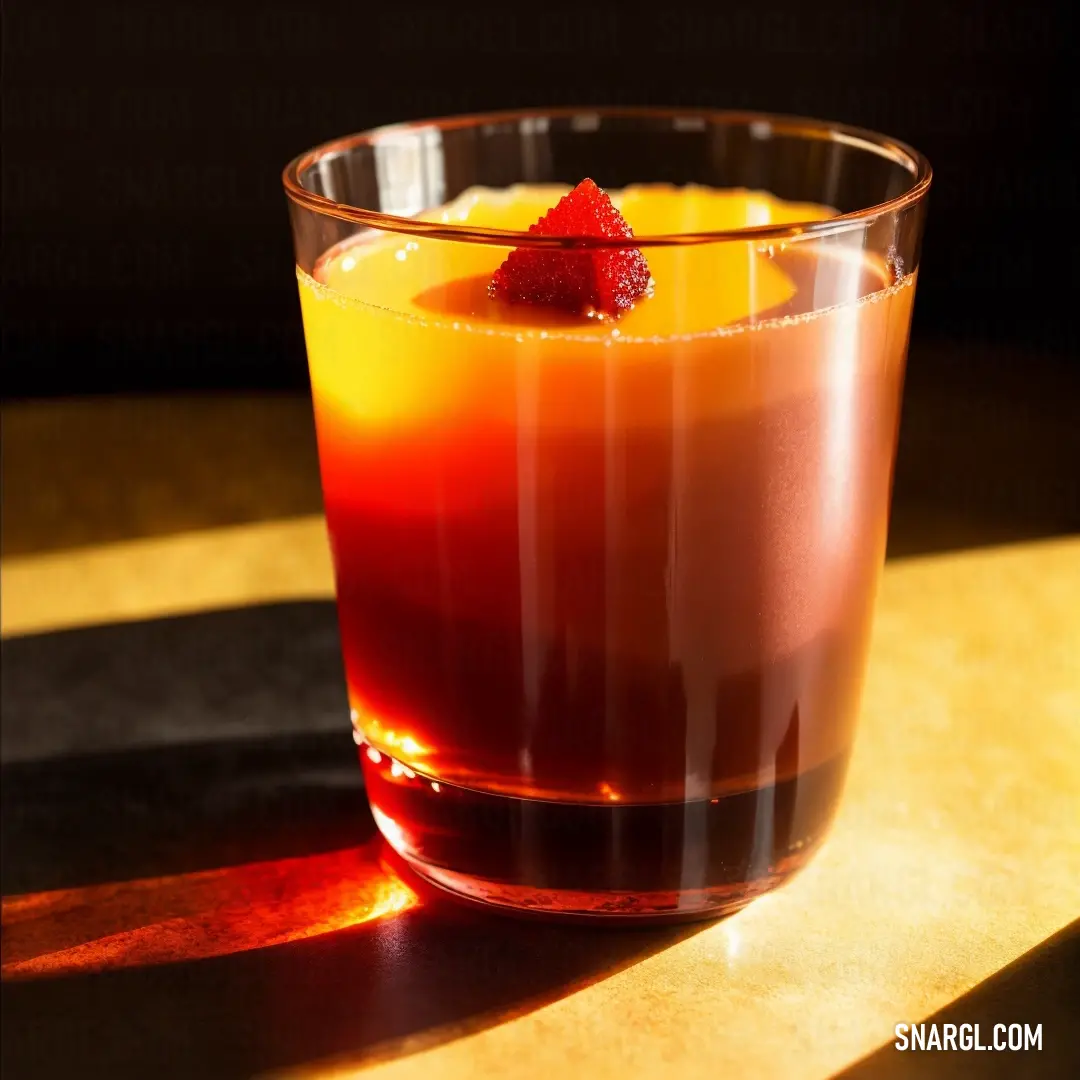






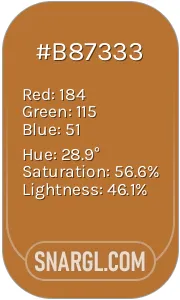 Copper
Copper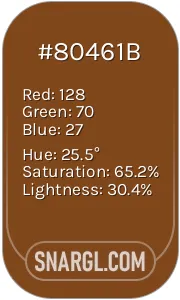 Russet
Russet Champagne
Champagne







